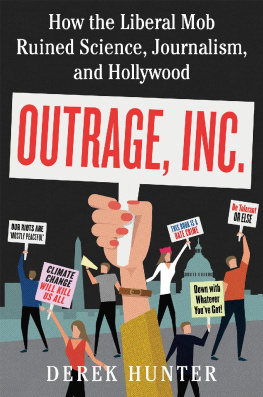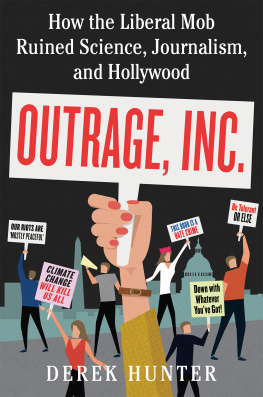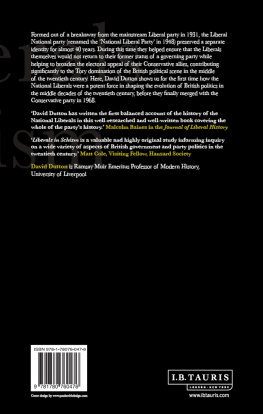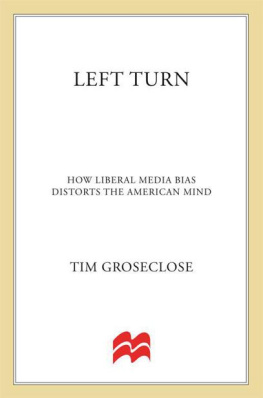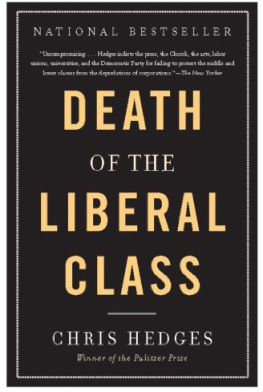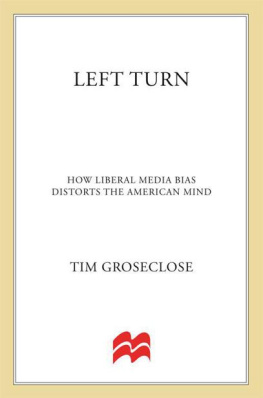

Contents
O n inauguration day for President Donald Trump, the professional demonstrator class took to the streets of the nations capital to express their deeply held belief that smashing store windows and burning cars was the best way to advance the cause of justice. Justice for what was never explained. But the next day, again in the name of justice, they broke out their crocheted pussy hats and chanted dried-up slogans in the Womens March because, apparently, Trump had a secret plan to ban women, or something. Who knew that the only thing denying the masses justice was the lack of burning limos and some yarn?
Those liberal rage protests were made-for-TV events, perfect for media still in shock that all their hard work to elect Hillary Clinton had been rejected by residents of swing states theyd universally assumed were in the bag for her. Decades of in-kind donations in the form of favorable and soft-pedaled coverage not only hadnt paid off, theyd backfired.
Tears flowed, and resolve hardened. The great unshowered drum circle of animosity had to be kept rolling for the liberal cause, harnessed under the banner of the resistance. But unlike real heroes, whose lives were on the line when they stood up to tyranny under that name, these fighters were facing off with shadows cast by their own imaginations. And it worked.
Angry thousands took to the streets, demanding action, or inaction, or something. Their demands werent particularly clear, but they were serious, damn it, because they were under assault, or something.
Three months later, it was the March for Science. Donald Trump, still imbued with that new president smell, was a threat somehow. The New York Times headline said itScientists, Feeling Under Siege, March Against Trump Policiesso it must be true: scientists were under siege, and were becoming an army of Steven Seagals.
But how? What had President Trump done in ninety days to drive people into the streets, to make them feel under siege, as the Times put it? Nothing, really. Hed called human-caused climate change a hoax created to harm US manufacturing during the campaign, which is hardly a fringe opinion, but as far as any policy action went, he hadnt even pulled the United States out of the symbolic Paris Agreement yet.
The Times said that the participating scientists were abandoning a tradition of keeping the sciences out of politics and calling on the public to stand up for scientific enterprise.
But is there a tradition of keeping the sciences out of politics anymore? From abortion to nuclear power, politics is in everything now, so why would anyone expect the March for Science to be any different?
A simple check of the marchs sponsors on its website would have revealed a veritable whos who of liberal activist groups and organizations dependent, to one degree or another, on government investment in their industries, mostly climate change. Many of them oppose nuclear power, despite its being the cleanest power source available. And what does the United Auto Workers union have to do with science?
This continuation of the inauguration day riots and the Womens March, this protest for science was populated by gluten-free, juice-cleansing progressives who dont vaccinate their children, yet the media ignored the Star Wars cantina of liberals and organizations in their reporting and simply went with the nonpartisan label. But declaring something nonpartisan doesnt make it so, or no one in Washington, DC, would be partisan. By contrast, the annual March for Life is rightly labeled as conservative by the media because it is, in fact, organized by conservatives.
Theres nothing wrong with liberals organizing a liberal march for a liberal cause; that part is fundamentally American. And theres nothing surprising about march organizers attempting to hide their political agenda in the hope of broadening their appeal. The problem enters when the refereesjournalistsplay along.
It could be chalked up to laziness; simply copying and pasting a groups press release is a lot easier than looking into who the people are, which seems dangerously close to work. While journalists are known for their laziness, theyre also known for their liberal bias. Thats what was at play with coverage of the March for Science and pretty much every other march since Donald Trump was elected president.
But why did sciencethe pursuit of truthbecome political? Because theres power in itthe power to impact policy and federal and state law. With that power comes money in the form of government grants and donations from wealthy benefactors who, oftentimes, stand to make their personal fortunes even larger if government forces Americans to use their products and services under the banner of green energy.
Former vice president Al Gore didnt amass a net worth of more than $200 million while hosting teleconferences from his solar-powered bunker in the woods and encouraging people to ride their bikes to work. He made it while flying in private jets to exotic locations around the world to chastise the average person driving a pickup truck to a job site about how he needs to lower his carbon footprint.
The March for Science is a prime example of what has happened to journaliststheyve set aside skepticism and the documenting of events and exchanged them for pussy hats and a seat in the drum circle.
T he worst thing ever to happen to journalism wasnt social media or cable news, though both played their part in its demise; it was Watergate.
The most celebrated moment in journalistic history (celebrated again at the 2017 White House Correspondents Dinner), it created the concept of the reporter as celebrity. Bob Woodward and Carl Bernstein made an untold fortune, were played in a movie by Robert Redford and Dustin Hoffman, were showered with awards, and sent many journalists running down the path of fame rather than truth. And fame is the only thing heroin gets addicted to.
The thing was, Woodward and Bernstein were real journalists. They reported a real story of corruption, worked sources, uncovered information, checked their facts, and got the story right. In other words, they earned their accolades.
Today, too many journalists arent interested in doing the work, they just want the rewards. For a journalist or pundit to achieve some level of fame, all he or she has to do is get on TV. And the bar for entry for that has been lowered to the point that youd need a shovel to get under it.
What once required sources, digging, and investigation now consists of information simply given to reporters by partisans to harm their opponents and rumors reported with little to no verificationa game of telephone with second- and thirdhand information whispered by anonymous sources whose motives and truthfulness go unquestioned if the information is juicy enough.
Add in the immediacy of the Internet agereport the story first, check the facts laterand you have a profession where verification is for suckers. Twitter followers, Facebook fans, page views, and TV hits are the hard currency of journalism. Impartiality is as quaint a notion as going steady or waiting until marriage is in the time of Tinder.
The truth about journalism is that it stopped being about truth a long time ago. All the 2016 election did was free reporters from the last vestiges of an antiquated notion of impartiality.
Edward R. Murrow, Walter Cronkite, Tom Brokaw, Peter Jennings, and Dan Rather all had their biases, but there was nothing to contrast them against to expose just how pronounced they were. Fox News changed that, and the new media of the Internet gave new avenues for stories to reach the public.
Next page
